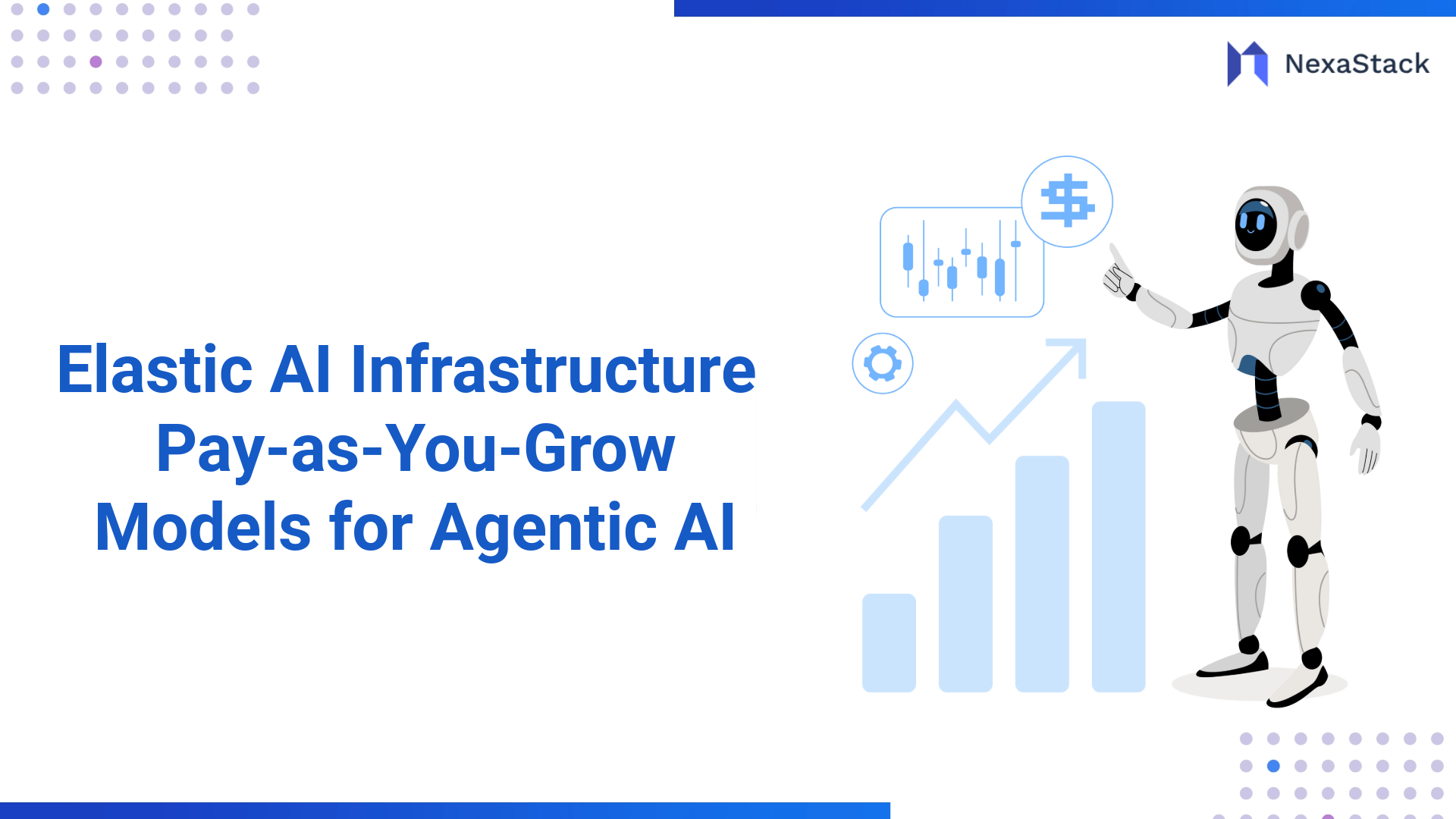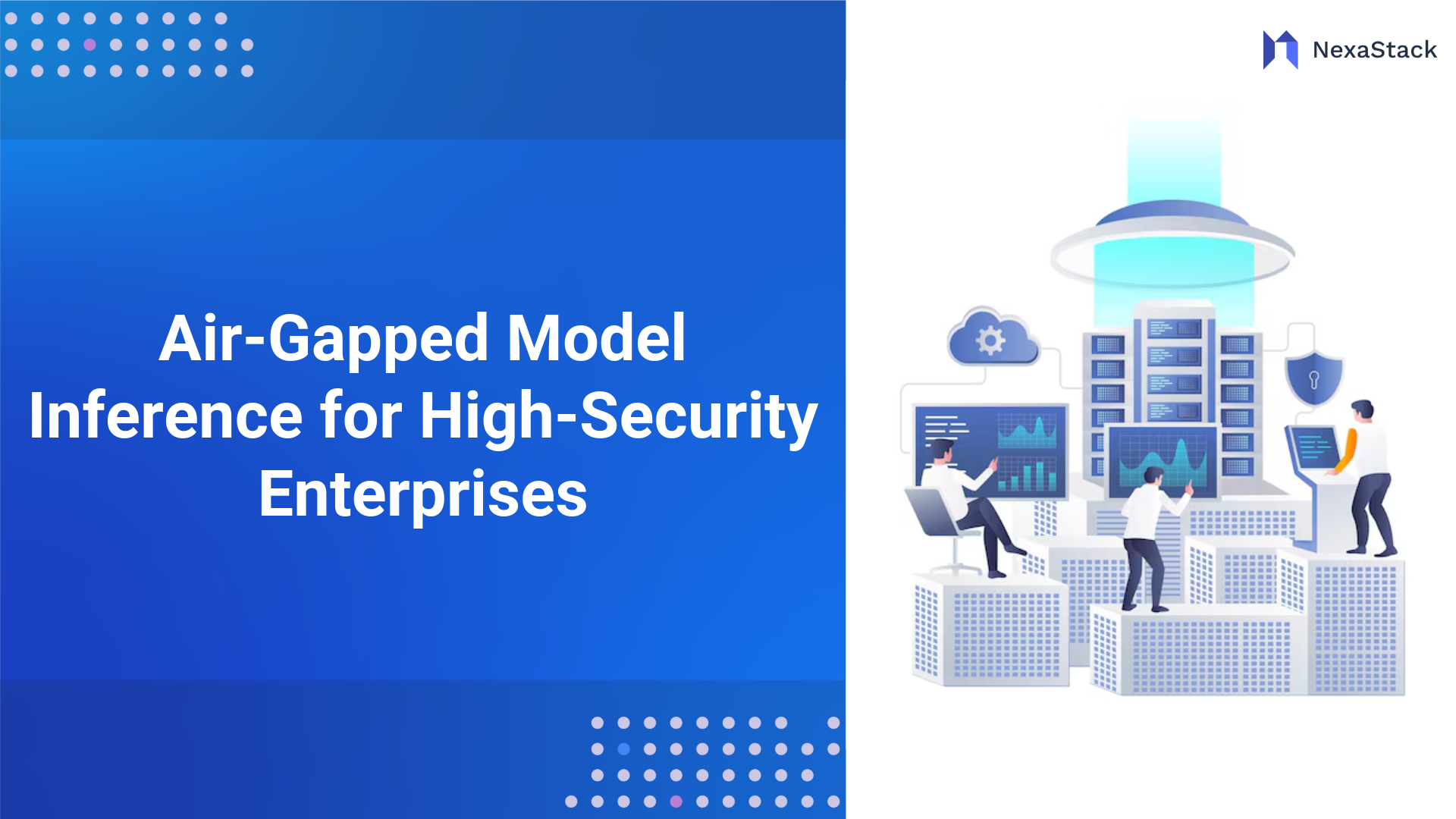The manufacturing industry is rapidly transforming as artificial intelligence (AI) becomes a cornerstone of predictive maintenance strategies. By analysing sensor data, machine logs, and operational patterns, AI models can forecast equipment failures before they occur, reducing downtime, minimising maintenance costs, and extending asset life cycles. However, the growing reliance on AI also introduces new challenges around governance, accountability, and risk management.
One of the most critical aspects manufacturers must address is model risk—the possibility that predictive algorithms generate inaccurate, biased, or unreliable outcomes. Faulty predictions can lead to costly unplanned outages, unnecessary part replacements, or even safety hazards on the production floor. As predictive maintenance systems become more complex, ensuring AI models' reliability, fairness, and transparency is no longer optional but essential.
AI governance provides the framework to manage these risks effectively. It establishes standards for data quality, model validation, performance monitoring, and ethical use of AI across manufacturing operations. With robust governance, organisations can build trust in AI-driven maintenance decisions, comply with regulatory requirements, and align AI initiatives with broader business objectives.
This blog explores how manufacturers can integrate AI governance into predictive maintenance workflows, focusing on best practices for model risk management. By implementing structured oversight, continuous evaluation, and transparent reporting, manufacturing leaders can unlock AI's full potential while safeguarding operational integrity. Strong governance ensures that predictive maintenance delivers efficiency gains, reliability, safety, and long-term sustainability.
Key Insights
AI Governance in Manufacturing safeguards predictive maintenance models through risk management, compliance, and performance oversight.
Model Validation
Ensures predictive models perform accurately under different conditions.
Risk Monitoring
Detects biases, errors, and prediction failures early.
Compliance Oversight
Aligns models with regulations and safety standards.
Performance Auditing
Monitors drift, accuracy, and data quality in production.
Importance of Predictive Maintenance
Unplanned equipment failures cost manufacturers billions annually in lost productivity and repairs. Predictive maintenance leverages AI-driven insights from IoT sensors, historical maintenance logs, and real-time operational data to forecast machinery wear and tear. By addressing issues proactively, manufacturers can:
-
Reduce downtime by 30-50%
-
Extend equipment lifespan
-
Optimise maintenance schedules, cutting costs by 20-40%
However, predictive maintenance's effectiveness depends on AI model reliability, making model risk management a critical concern.
Challenges of Model Risk in AI Systems
AI models in manufacturing face several risks, including:
-
Bias & Inaccuracy – Poor training data leads to incorrect predictions.
-
Model Drift – Changing factory conditions degrade model performance.
-
Security Vulnerabilities – Adversarial attacks manipulate vision-based AI.
-
Lack of Explainability – Black-box models hinder troubleshooting.
These risks can lead to catastrophic failures, regulatory penalties, and financial losses without proper governance.

Understanding Model Risk in AI-Driven Predictive Maintenance
Definition of Model Risk in Manufacturing
Model risk refers to the potential for AI systems to produce errors, biases, or unsafe decisions due to design, training, or deployment flaws. In predictive maintenance, this could mean:
-
False alarms (unnecessary maintenance)
-
Missed failures (leading to breakdowns)
-
Safety hazards (if AI misjudges critical faults)
Key Risks in AI Models
-
Bias – The model may overlook rare but critical defects if the training data lacks diverse failure scenarios.
-
Drift – Environmental changes (e.g., new machinery, sensor recalibration) can make models obsolete.
-
Performance Degradation – Models may lose accuracy over time due to wear patterns not seen in training.
-
Security Vulnerabilities – Hackers can trick vision AI with adversarial images, causing misclassification.
Impact on Operational Efficiency and Safety
A faulty predictive maintenance model can:
-
Increase downtime (if false alarms disrupt production)
-
Cause accidents (if a critical fault is ignored)
-
Violate compliance (if AI decisions lack auditability)
Thus, AI governance—ensuring models are accurate, secure, and auditable—is essential.
Vision AI for Quality Control and Predictive Maintenance
Role of Computer Vision in Defect Detection
Vision AI analyses live camera feeds to detect anomalies like:
-
Cracks in machinery
-
Misaligned components
-
Corrosion or wear
For example, in automotive manufacturing, AI-powered cameras inspect weld quality with higher accuracy than human inspectors.
Training Models for Anomaly Detection
-
Supervised Learning – Models learn from labelled defect images.
-
Unsupervised Learning – AI detects deviations from "normal" patterns.
-
Synthetic Data – Used when real defect samples are scarce.
Risks Specific to Vision AI
-
Poor Data Quality – Blurry or mislabelled images reduce accuracy.
-
Adversarial Attacks – Hackers manipulate input images to fool AI.
-
Lighting & Environmental Changes – Shadows or dust can trigger false defects.
Solution: Regular model retraining and robust adversarial training improve resilience.

Edge Inference: Deploying AI at the Source
Benefits of Edge AI for Real-Time Decision Making
Instead of sending data to the cloud, edge AI processes it locally on devices like:
-
Smart cameras
-
IoT sensors
-
On-site servers
Advantages:
-
Low latency – Instant decisions (critical for safety alerts).
-
Bandwidth savings – Less data transmitted to the cloud.
-
Offline operation – Works even without the internet.
Challenges in Model Deployment on Edge Devices
-
Limited compute power – Models must be optimised (e.g., via quantisation).
-
Hardware variability – A model trained for one sensor may fail on another.
-
Synchronisation issues – Edge models must stay aligned with cloud versions.
Ensuring Consistency Between Edge and Cloud Models
-
Federated Learning – Edge devices contribute to model improvements without sharing raw data.
-
Model Versioning – Track updates to prevent conflicts.
-
Automated Rollbacks – If an edge model underperforms, revert to a stable version.

Model Audit Trails for Transparency and Compliance
Importance of Traceability in AI Governance
Regulators (e.g., EU AI Act) demand auditable AI systems to ensure accountability. An audit trail logs:
-
Who deployed a model?
-
What data trained it?
-
How did it perform over time?
Key Components of an Effective Audit Trail
- Data Provenance – Track dataset sources and preprocessing steps.
- Version Control – Maintain model iterations and update reasons.
- Performance Logging – Record accuracy, false positives, and drift alerts.
-
EU AI Act – High-risk AI (e.g., predictive maintenance) requires strict documentation.
-
ISO 42001 (AI Management Systems) – Standardises AI governance frameworks.
Best Practices for Managing Model Risk
-
Robust Validation & Testing – Simulate edge cases before deployment.
-
Continuous Monitoring – Detect drift with real-time performance metrics
-
Explainable AI (XAI) – Use SHAP or LIME to interpret model decisions.
-
Human-in-the-Loop (HITL) – Experts review high-risk AI predictions.
Case Studies: AI Governance in Action
Case 1: Vision AI in Automotive Manufacturing
A major carmaker reduced defect escape rates by 90% using AI-powered visual inspection. However, initial models failed under low-light conditions—requiring retraining with varied lighting data.
Case 2: Edge-Based Predictive Maintenance in Industrial IoT
An oil refinery deployed edge AI to predict pump failures. Early models generated too many false alarms, but after implementing continuous drift detection, accuracy improved by 40%.
Future Trends in AI Governance for Manufacturing
As AI becomes more deeply embedded in manufacturing, new governance challenges and solutions emerge. Factories must stay ahead of evolving risks while ensuring compliance, security, and ethical AI deployment. Below, we explore three key future trends shaping AI governance in predictive maintenance and smart manufacturing.
Federated Learning – Collaborative AI Without Data Sharing
Federated Learning (FL) is a decentralised machine learning approach where multiple factories (or devices) train an AI model collaboratively without sharing raw data. Instead of sending sensitive production data to a central server, each factory:
-
Trains a local model on its data.
-
Shares only model updates (not the data itself).
-
Aggregates improvements into a global model.
Self-Auditing AI – Models That Monitor Themselves
Self-auditing AI systems automatically detect and correct biases, drifts, and errors without human intervention. Key capabilities include:
-
Anomaly Detection in Predictions – Flagging unusual model behaviour.
-
Bias Mitigation – Adjusting decision thresholds to ensure fairness.
-
Auto-Retraining – Triggering model updates when performance drops.
Ethical AI Frameworks – Fairness in Industrial AI
AI decisions in manufacturing can have real-world ethical implications, such as:
-
Workforce Impact – Predictive maintenance may reduce manual jobs.
-
Bias in Hiring & Safety – AI used in worker safety monitoring must avoid discriminatory patterns.
-
Environmental Responsibility – AI-driven processes should optimise for sustainability.
Conclusion: Building Trustworthy AI for the Future of Manufacturing
The transformative power of AI in manufacturing comes with significant responsibility. As predictive maintenance and quality control systems increasingly rely on AI, manufacturers must prioritise model governance, security, and ethical deployment to ensure reliability and compliance. Emerging solutions like federated learning, self-auditing AI, and moral frameworks provide a path forward—enabling more intelligent factories while mitigating risks of bias, drift, and regulatory violations.
The key to success lies in proactive governance: continuous monitoring, human oversight, and adherence to evolving standards. Manufacturers that embrace these principles will optimise efficiency and build trustworthy, future-ready operations. The future of industrial AI isn't just about technological advancement—it's about deploying these tools responsibly to drive sustainable, safe, and fair manufacturing practices. The time to act is before risks become failures and governance becomes reactive. By embedding AI governance into their strategies today, manufacturers can secure a competitive edge in the automation-driven industrial revolution.
Next Steps with AI Governance in Manufacturing
Talk to our experts about implementing compound AI system, How Industries and different departments use Agentic Workflows and Decision Intelligence to Become Decision Centric. Utilizes AI to automate and optimize IT support and operations, improving efficiency and responsiveness.


